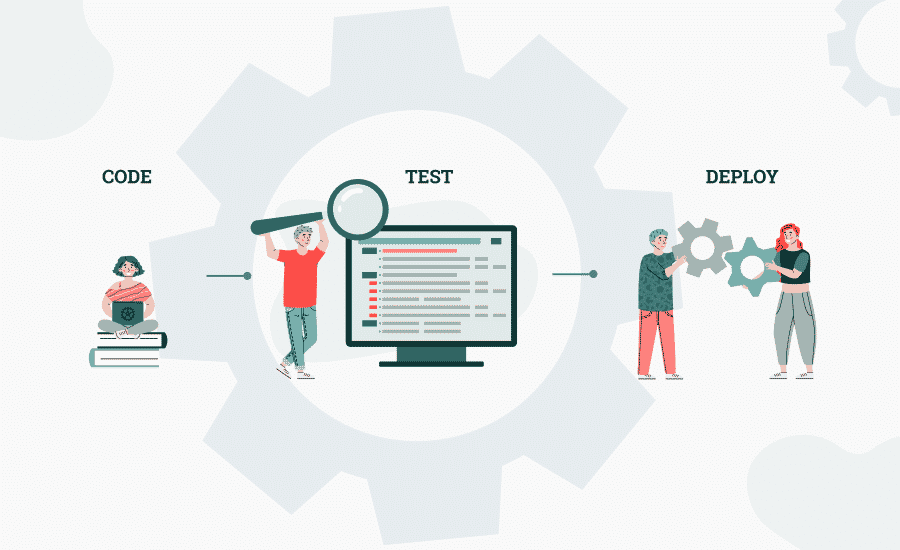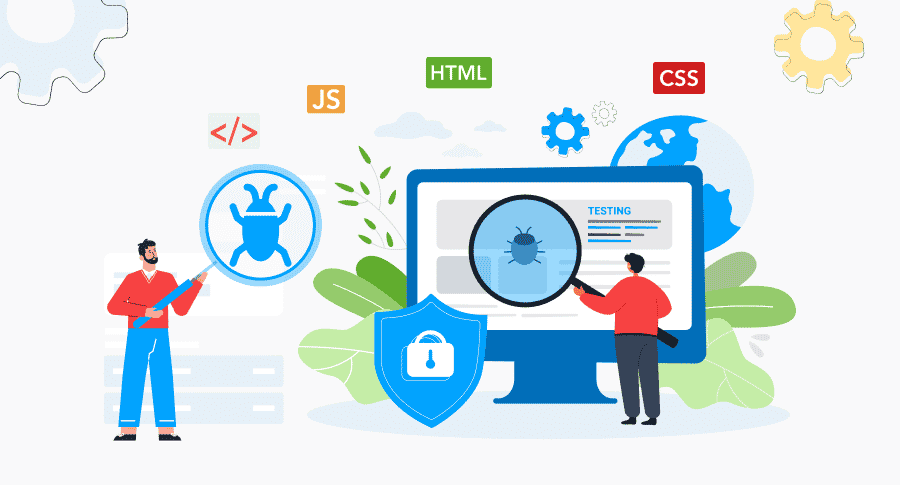Software Testing is the most crucial part of every software development life cycle.
Software testing is the process of verifying and validating the debugs and errors of any application or software. This will not only make the software more user-friendly but also improve its performance.

To assure the quality of the software there are many types of software testing. There are mainly two types of the testing which are listed below:
Manual Testing
- Acceptance Testing: Under this testing, the tester will perform the testing to identify whether all the required specifications of the development are met or not.
- Black Box Testing: It is an approach to testing the functionality without knowing the actual implementation of the internal structure and coding.
- White Box Testing: White Box Testing aka Clear Box Testing, Glass Box Testing, Transparent Box Testing, and Structural Testing is opposite of the black box testing and will mainly focus on the structure of the code and its complete implementation of it.
- Integration Testing: In this approach, the individual module of the software are combined and test them collectively.
- System Testing: The testing aka Black Box testing is performed independent of the development team i.e., by the QA team which will include all functional and non-functional testing.
- Unit Testing: This type of testing technique is performed by the developer who tests each unit of the code to determine is there any issue related to it or not.
Automation Testing
- Functional Testing and Non-functional Testing: In this functional testing will focus on the actual requirements of the business whereas non-functional testing focuses on the customer expectation and performance requirements.
- Regression Testing: This testing is performed to test whether the functionality of the system is still the same or not after any kind of updates or changes to the products.
- Smoke Testing: It is the initial testing of the application after a build and before a release.
- Alpha Testing: Alpha testing ensures that all the functionality of the software is bug-free or not.
- Beta Testing: Beta testing involves a certain amount of real users who use the product after it releases the software.
- Stress Testing: By using this method the tester will define the robustness of software by testing beyond the limits of normal operation.
- Performance Testing: This type of testing will explain the question of How it works? And also have all the required feature or not.
- Object-Oriented Testing: This approach is conducted to test the software via object-oriented paradigms such as encapsulation, inheritance, polymorphism, etc
- Keyword Driven Testing: Keyword-driven testing is an approach to software testing which separates test case design from the execution.
To test the website systematically and define the errors and bugs simply and understandably the Tester will be able to have the following tools:
Manual Testing Tools
By using these tools one can easily able to locate the bugs in the product including flaws and faults of the software easily. The following are the popular tools used for the testing:
- Bugzilla
- JIRA
- JMeter
Automation Testing Tools
Many tools can be used for the automation testing of the software. We have listed a few very useful tools:
- Selenium
- Katalon Studio
- Appium
- Test Complete
- Cypress
- Ranorex Studio
- Perfecto
Lambda TestQA or testers, as discussed above, are people who test the software product and ensure its quality. Here, is the definition of the QA and Tester.
Tester/QA (Quality Assurance)
The QA or Tester is in charge of verifying and validating the issues and errors in any software through Manual or Automation Testing by using various methods and tools.
The following are the testing practices followed by every Quality Assurance analyst:
- Test in a secure environment
- Testing Throughout The Life Cycle
- Reduce the size of tests
- Adopt a negative testing policy
- Regression testing is important
- Make sure you write tests before you start programming, and not let the programmers do it
- Do Not Forget Observations For Reports
- Streamline your code
- Do Not Test With Developers or Designers
- Develop a targeting operating model
- Securing and optimizing separately
- Engage end-users
- Prioritize the changes that affect code the most
- Test for sanity
- Outsource as well as use in-house teams
- Building Component-Based Architectures Leads To Better Control
- Diverse testing strategies should be adopted

